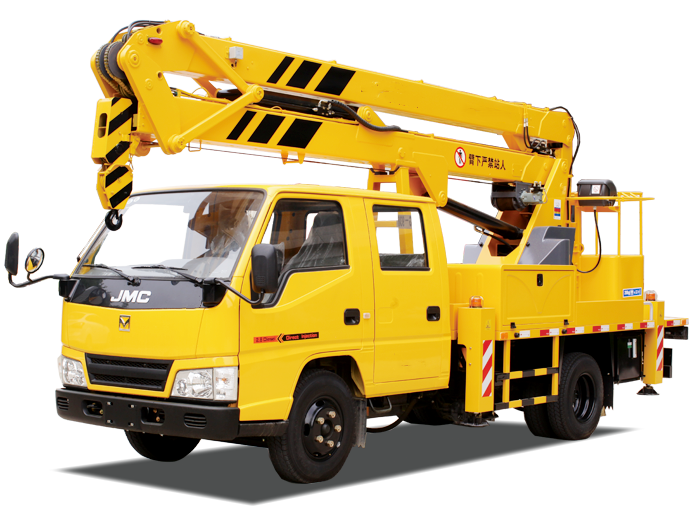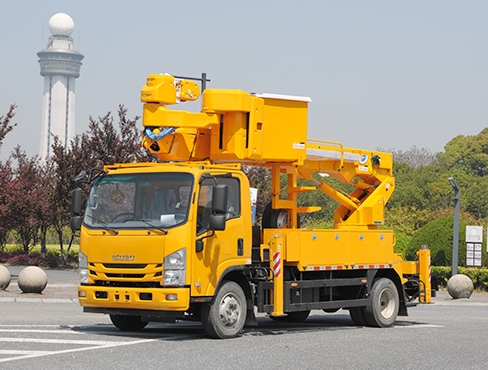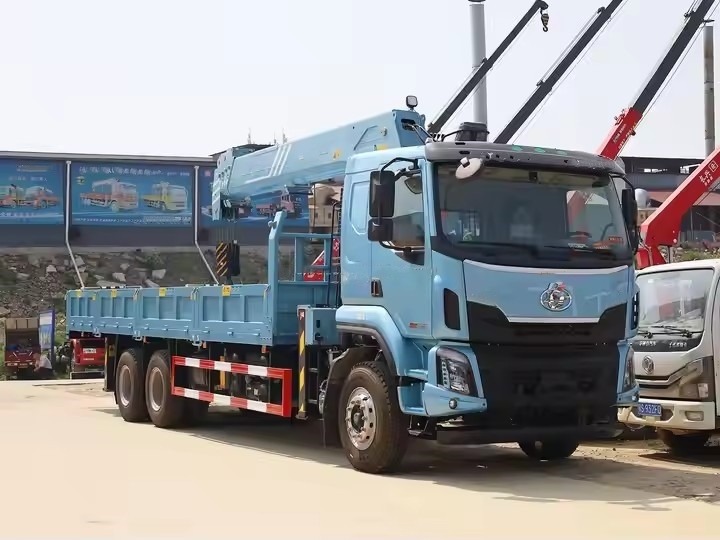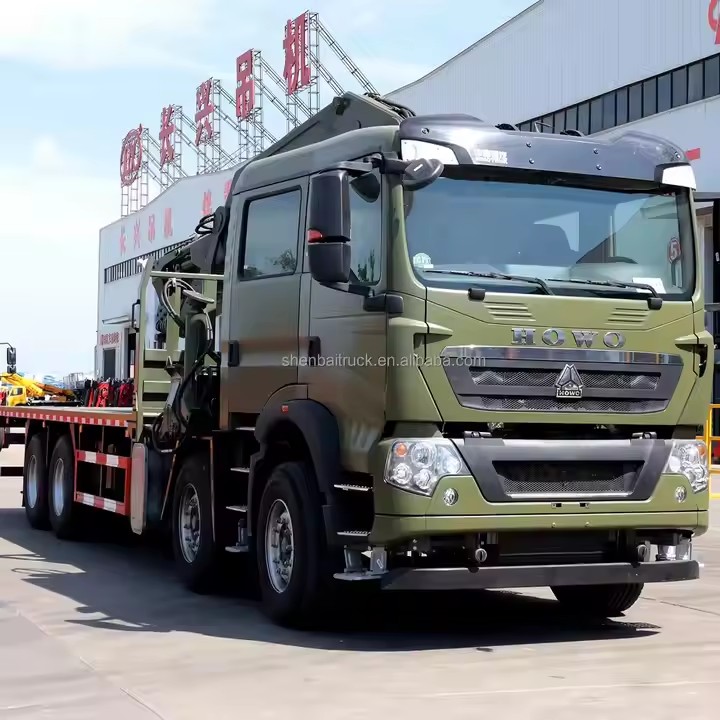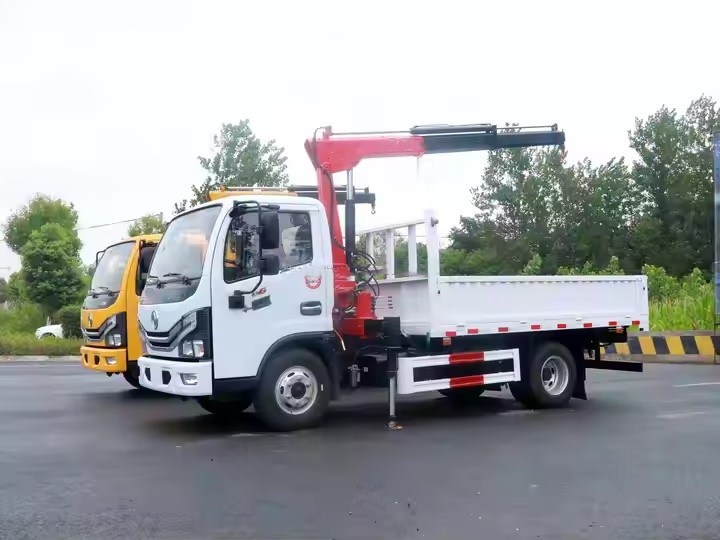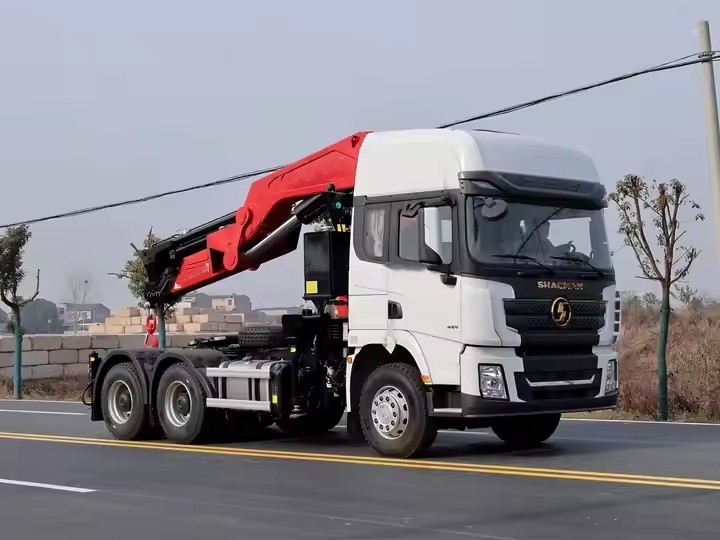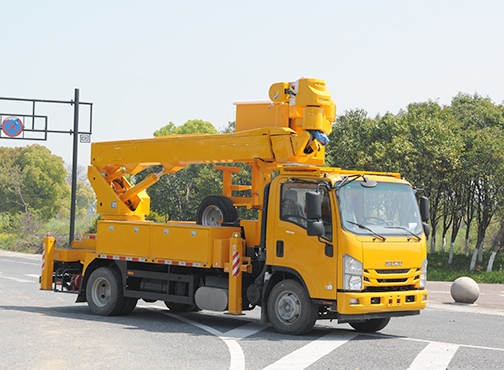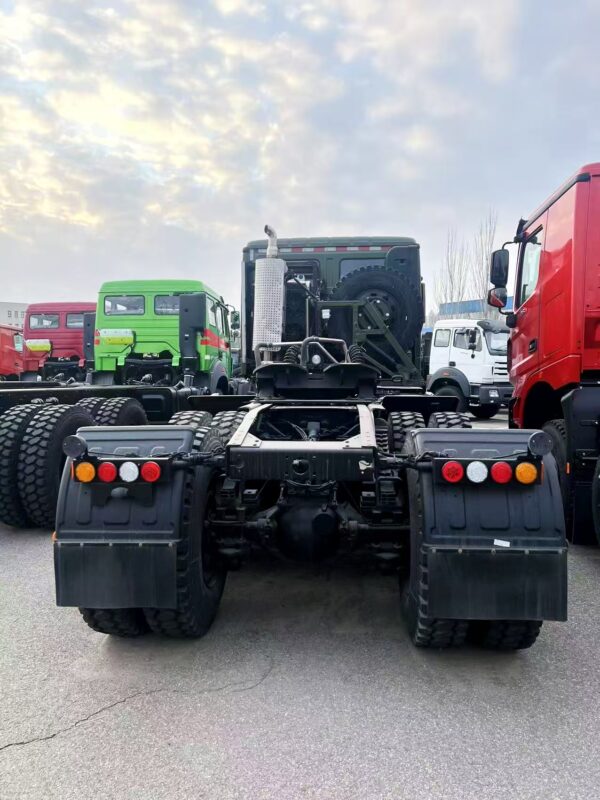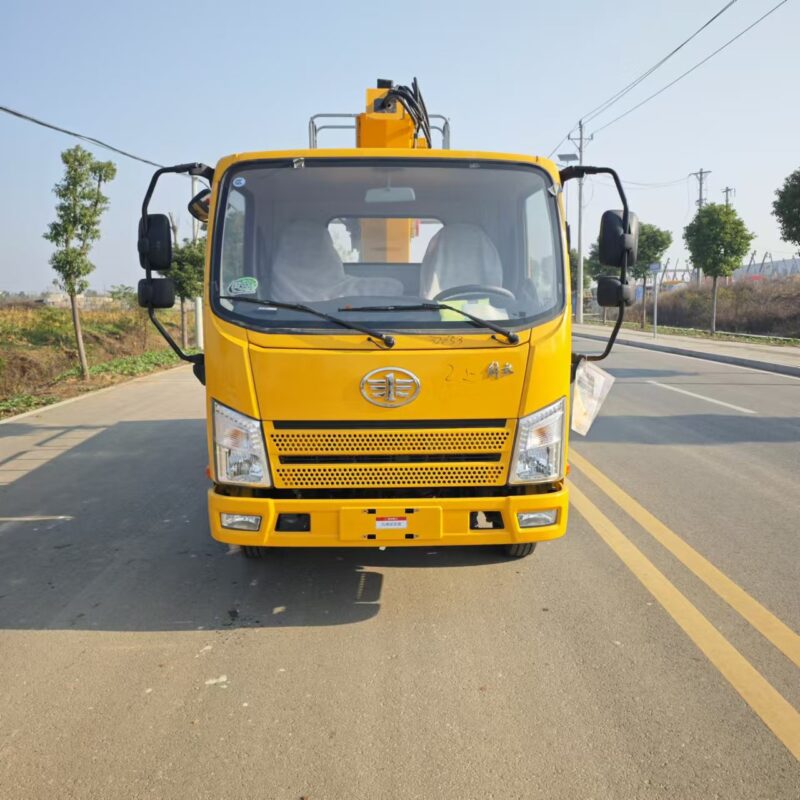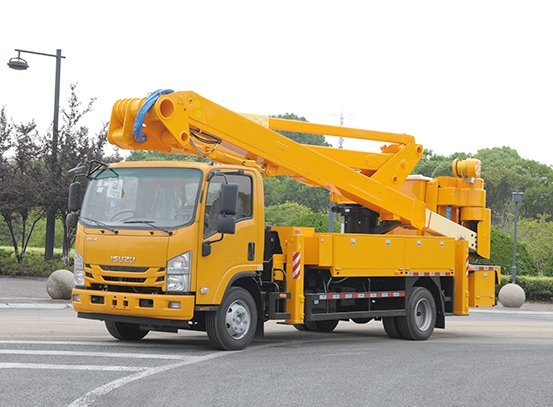In the maintenance and inspection of cranes, the use of compressed air is a practical and effective method to detect faults in various components. This method can help quickly identify problems, improve maintenance efficiency, and ensure the safe and reliable operation of cranes. The following is a detailed introduction to how to use compressed air […]
Understanding of Grounding in GB60BT-85 StandardThe main basis for the inspection work is the “Safety Regulations for Lifting Machinery”, namely GB6067-85 (hereinafter referred to as the regulations). In the section of grounding structure, the regulations stipulate that the metal structure of the crane must have a reliable electrical connection. For cranes operating on rails, they […]
The quality of crane girders serves as the foundation for ensuring the quality of track installation. Generally, the installation datum line of the track is the datum line of the crane girder. Before track installation, a careful inspection of the crane girder must be carried out. Simultaneously, the datum line of the crane girder can […]
The hydraulic system provides power for the operational devices of an engineering crane. Proper maintenance of the hydraulic system is crucial for enhancing the crane‘s operational reliability. Ka tloaelo, hydraulic systems must undergo flushing before they are officially put into use. The purpose of this flushing process is to remove contaminants, metal debris, fibrous compounds, iron […]
Load limiters and load moment limiters are collectively referred to as overload protection devices. Overloading is one of the primary causes of crane accidents. In mild cases, overloading can damage crane components, causing motor overload and structural deformation. In severe cases, it can result in broken beams, tower collapse, arm fractures, or even complete machine […]
Factor 1: Unsafe Conditions of the Crane Itself One of the primary reasons for the falling of loads from crane hooks is the inherent unsafe conditions of the crane itself. These conditions can stem from various sources, including design flaws, manufacturing defects, improper installation, and inadequate maintenance. 1. Design Deficiencies Poorly designed cranes can present […]
The proper functioning of steel wire ropes plays a crucial role in ensuring the normal and safe operation of port cranes. Before starting the machinery, the inspection of the wire ropes must not be taken lightly. It must be carried out in strict accordance with national regulations, starting from the outside and moving inwards. External […]
When lifting heavy objects, the hook wire rope should remain vertical. It is not allowed to drag the lifted object diagonally. When lifting heavy objects, the center of gravity should be accurately located and the object should be firmly bound. If there are sharp corners, they should be padded with wooden blocks. Before the heavy […]
(1) The deviation of the position of the girder center line from the designed positioning axis shall not be greater than 5 mm. The alignment of the girder’s center line is crucial as it serves as the central axis for the entire crane structure. Even a minor deviation exceeding 5 mm can cause misalignment of […]
(1) The deviation of the actual centerline of the track from the actual centerline of the crane girder shall not be greater than 10 mm. Precise alignment of these centerlines is fundamental. In large industrial workshops where cranes operate continuously, any misalignment here can lead to uneven stress distribution on the crane structure during movement. […]

